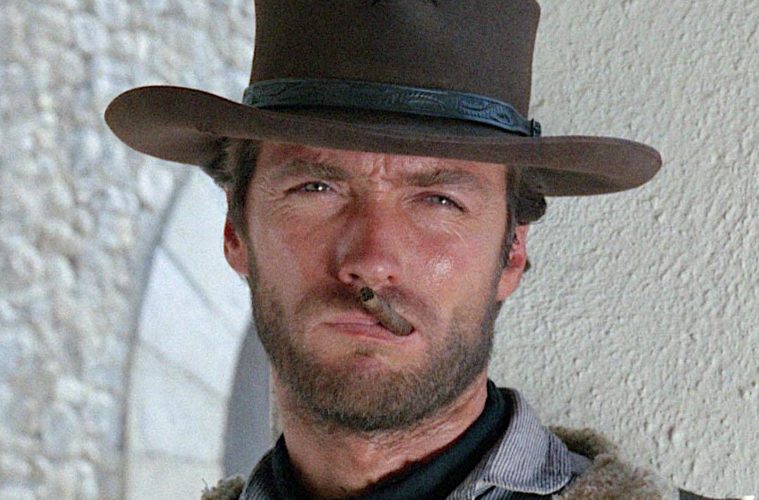With COVID-19 spreading and self quarantine time increasing, you might find yourself scrolling through Netflix and other services, looking for something — anything — worth watching. There’s plenty of stuff out there — both feature-length and TV series. And while some of us want more than a movie, just as many of us don’t have the dedication to tackle a full series, especially if it’s already had a season or two. In these cases, trilogies are a wonderful compromise. Here, we provide our Top 10 picks for the best theatrical trios to watch at home right now — ranked in order from great to transcendent, from foreign films to Hollywood classics.
10. It could always be worse. Compared to the Wild West, where a trip to the saloon could mean a bullet in the head, a trip to the supermarket is a walk in the park. We definitely have it easier than Clint Eastwood in A Fist Full of Dollars, A Few Dollars More and The Good the Bad and the Ugly. But there’s something thrilling about exploring Sergio Leone’s wide screen, blood soaked world. With its snarling thieves and Eastwood’s “Man With No Name” as enigmatic hero, the otherwise boring towns become exciting backdrops for Mexican standoffs. When Ennio Morricone’s score kicks in and Leone’s editing picks up, our everyday problems fade away like a cowboy riding off into the sunset.
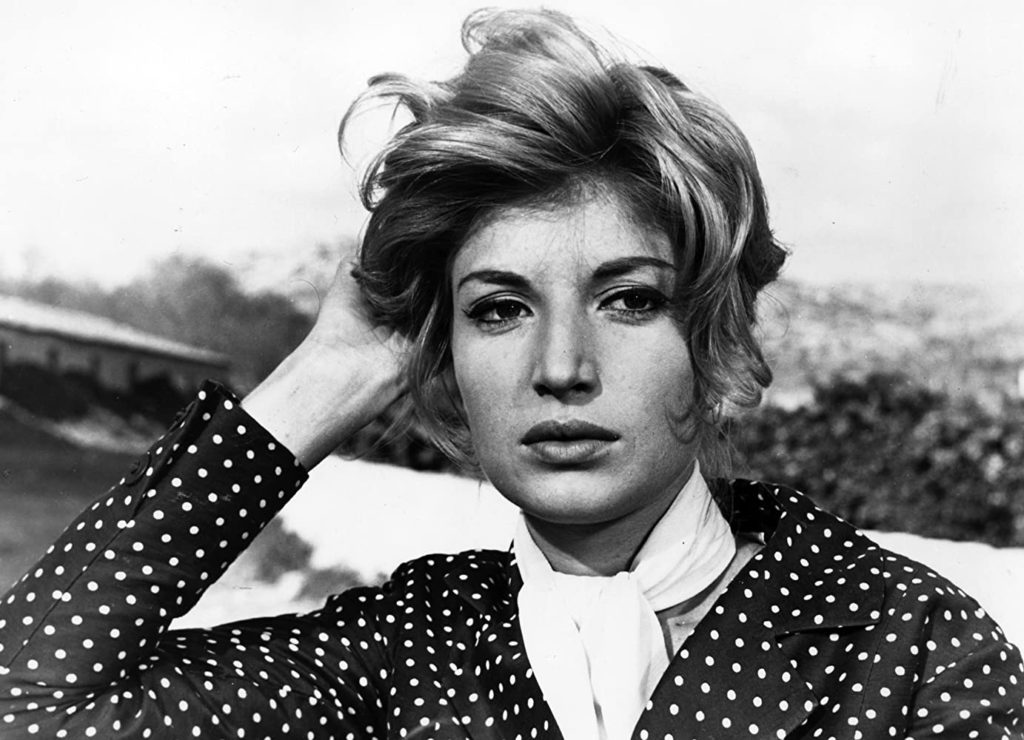
L’AVVENTURA (Janus Films)
9. Social distancing was just another day at the office for Michelangelo Antonioni. The Italian maestro made a living making films about isolation, and he invented a new cinematic language just so his characters could feel more lonely. In L’Avventura, L’Eclisse and La Notte, wanders Italy in search of love. What she finds, however, are empty streets, abandoned islands and crumbling buildings that reflect her state of mind. While that may sound depressing at a time like this, Antonioni’s non-trilogy demands to be seen under any circumstances, even if the barren landscapes are starting to look more and more like our own.
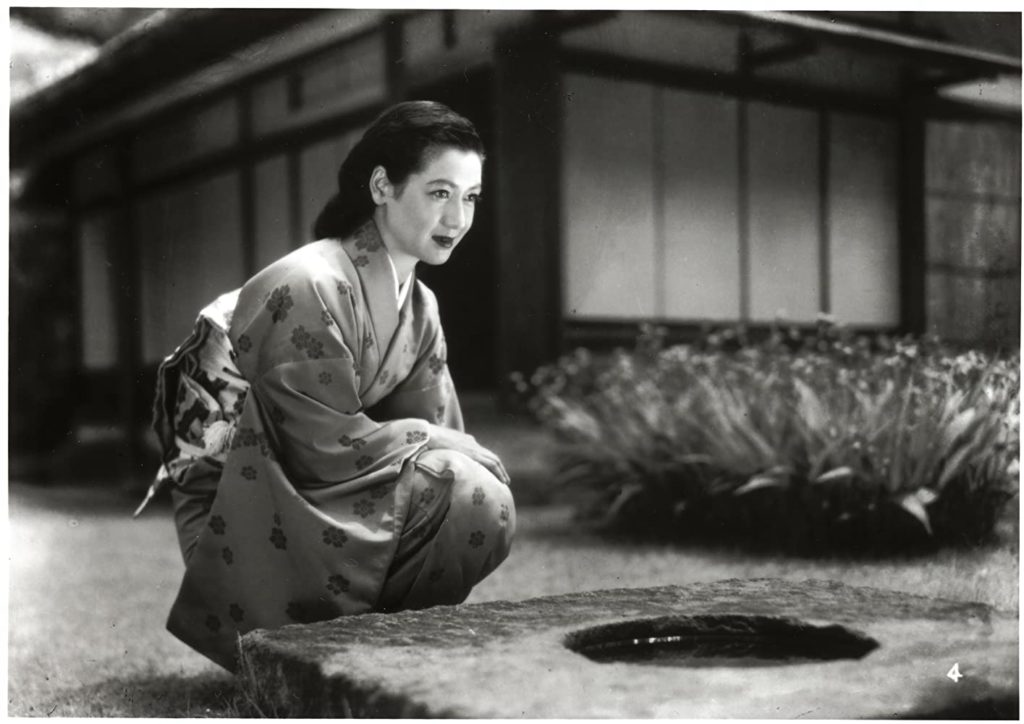
LATE SPRING (New Yorker Films)
8. If everyone in the world took the time to watch Late Spring, Early Summer and Tokyo Story, there would be no more wars, negativity or Twitter. There would only be love, life and lots of sake. Yasujiro Ozu’s trilogy, named after a middle class girl struggling to get married (Setsuko Hara), takes a familiar plot and transforms it into something fresh and alive. Through his gift for capturing interior textures (notice the camera’s low angles) and soothing landscapes (a bike ride at the beach is especially freeing), Ozu’s patient gaze lets life unfold before our very eyes.

TOY STORY (Disney)
7. Being stuck at home with the kids can’t be easy, though it would be a whole lot easier if you put on Toy Story. Who doesn’t love this trilogy? Children laugh at the animated action figures. Parents cry through an adventure that sees Andy grow from a toddler (Toy Story), to summer camp (Toy Story 2), to a teenager packing up for college (Toy Story 3). Whether 9 or 99, Andy, Woody (Tom Hanks) and Buzz (Tim Allen) never fail to pull the heartstrings.

THE GODFATHER (Paramount)
6. Here’s an offer you can’t refuse: Watch The Godfather and The Godfather Part 2 if you want to lose yourself in rich set pieces and Shakespearean tragedy. Picking a favorite is impossible. For those who have already witnessed the rise and fall of the Corleone family, which mirrors the trajectory of the American dream, now is as good a time as ever to revisit. For those who have never seen Francis Ford Coppola’s mafia movies: brace yourselves. The haunting tone set by Marlon Brando, Al Pacino and Robert Duvall is harrowing stuff. As for the third movie? Watch it for closure if you must, but we say leave the gun, the cannoli and The Godfather Part 3 in the trash where they belong.
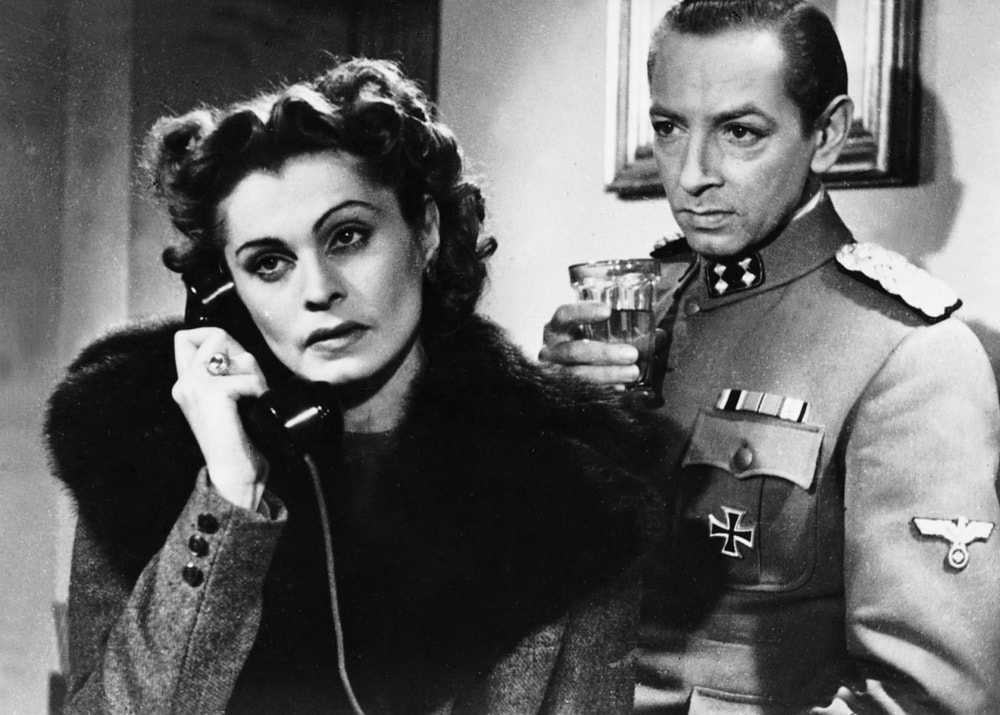
ROME, OPEN CITY (Excelsa Films)
5. Roberto Rossellini put neo-realism on the map. When he made Rome, Open City in 1945, he forever changed the way we look at movies. By shooting just six months after World War II, he was able to film Italy’s recovery through actual bombed-out buildings, using a mix of professional and non-professional actors for authentic results. The films that followed, City, Paisan and Germany Year Zero, were likewise deeply humanistic stories that are as inspiring now as they were 75 years ago, not least because of the humor. If hope and laughter could get us through a World War, it can get us through an epidemic as well.
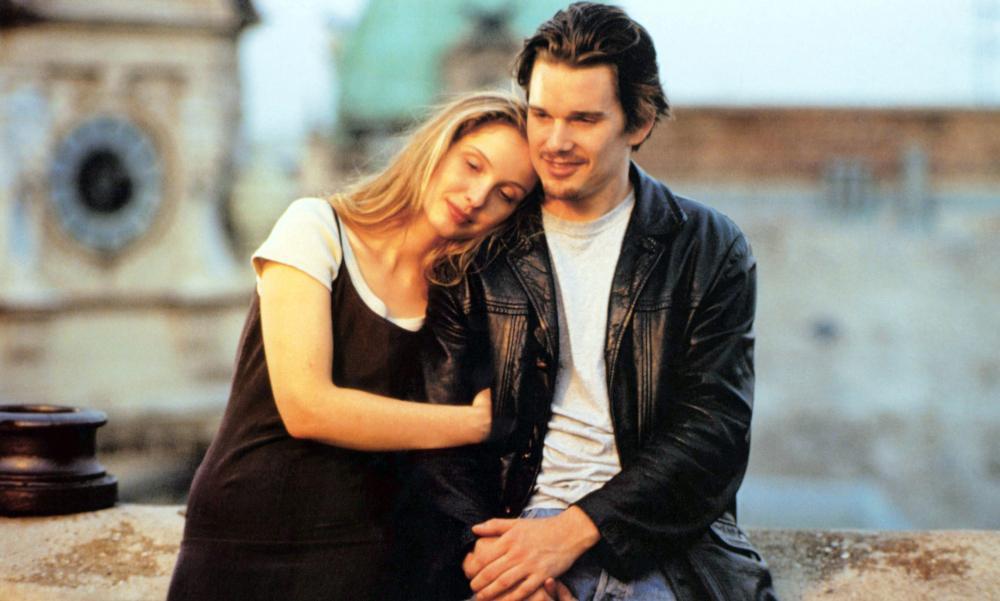
BEFORE SUNRISE (Columbia Pictures)
4. “What was that all about?” Jesse (Ethan Hawk) asks a stranger, Celine (Julie Delpy), about a bickering couple. He doesn’t really care — he just wants to pick up a cute girl on the train. But by the end of Richard Linlater’s trilogy, he knows exactly what that was all about. After the two meet-cute in Vienna (Before Sunrise), and meet again in Paris (Before Sunset), Jesse and Celine end up as a bickering couple in Before Midnight. This final installment is a reminder of how time doesn’t only shape characters on screen. Time can shape the audience as well. Linklater opens his lovers up more and more with each installment, and having spent some of the most romantic scenes in all of cinema in their company (a stroll at dawn in Vienna, Delpy singing “A Waltz for a Night”), the thought of their divorce in Midnight will hit you harder than any of your own breakups.

THE EMPIRE STRIKES BACK (Lucas Film)
3. Why do we go to the movies? To escape? To learn? To be dazzled? Different people have different answers. But just about everyone finds what they’re looking for in George Lucas’ original trilogy, a swashbuckling adventure through a galaxy far, far away that moves at light speed. A New Hope, The Empire Strikes Back and Return of the Jedi never fail to entertain. Whether we are hanging out with Han (Harrison Ford) and Chewie (Peter Mayhew) on the Millennium Falcon or watching Darth Vader (David Prowse) and Luke Skywalker (Mark Hamill) trade lightsaber blows, shrouded by mist on the Death Star, the first three films take us to worlds we couldn’t even dream of, let alone find in any of the sequels or rip-off genre flicks.
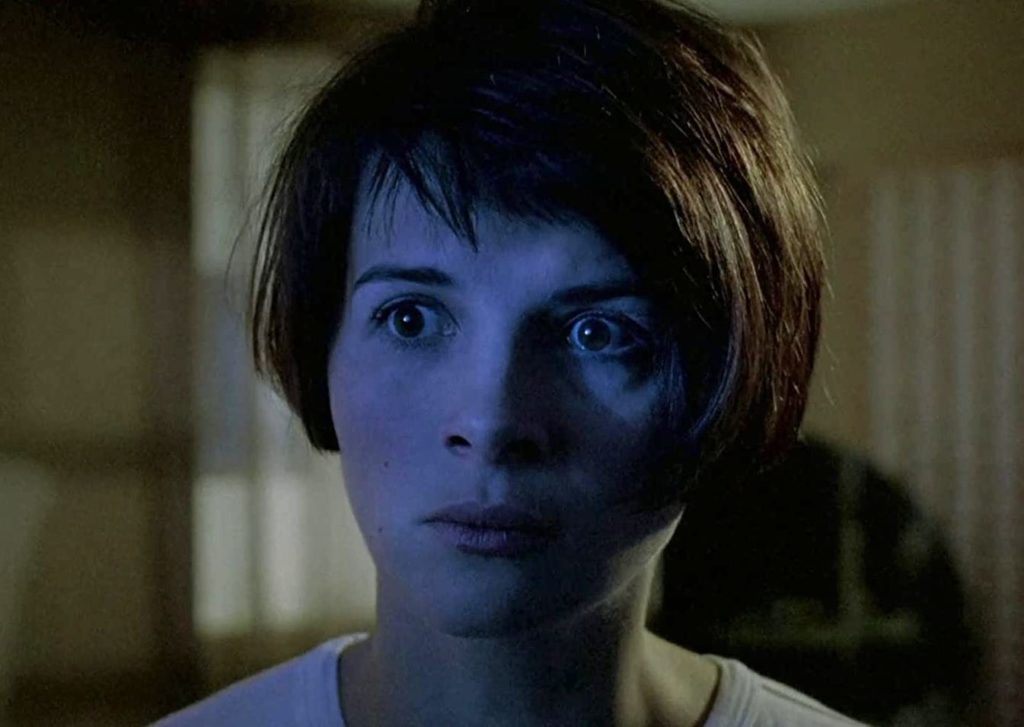
BLUE (Miramax)
2. Instead of light speed, Krzysztof Kieslowski’s trilogy moves at life speed. These ineffably beautiful films — named after the colors/themes of the French flag — are as magical in their eye for details as they are mystical in their understanding of human emotions. It’s as if Kieslowski is playing God: guiding his characters through circumstances entirely out of their control, orchestrating the rhythms of everyday life with the ease of a puppet master. The devil’s in the details, and in the exquisite color schemes that are as vibrant as Zbigniew Preisner’s moody scores. Somehow these three different stories come together in a way that makes sense. As Red connects the dots between Blue and White, we realize that this is a vision of a country going under, and its people trying desperately to stay above water.
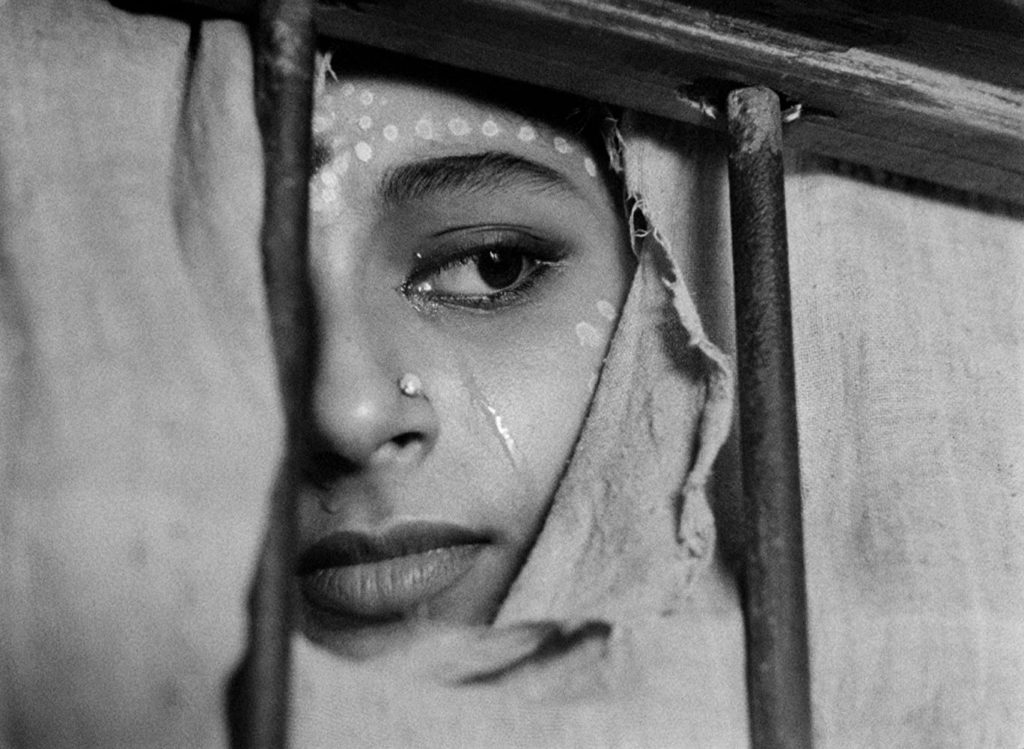
THE WORLD OF APU (Sony Pictures Classics)
1.“Not seeing the cinema of Satyajit Ray means existing in the world without seeing the sun or moon” Akira Kurosowa (Seven Samurai) famously said in 1975. He was specifically talking about The Apu Trilogy, which tracks the development of its protagonist from childhood (Pather Panchali) to high school (Aparajito) to adulthood (The World of Apu). The cumulative result is a life lived to its fullest, bound by the most touching moments ever caught on film: a brother and sister leaving their rural village to see a train for the first time; Apu teaching his mother about the universe; the river of tears that run down Apu’s face when he rediscovers his calling. Lives, like those trains seen in passing, come and go. The life of Apu, on the other hand, will survive as long as audiences are interested in life-changing art.
Advertising disclosure: We may receive compensation for some of the links in our stories. Thank you for supporting LA Weekly and our advertisers.

